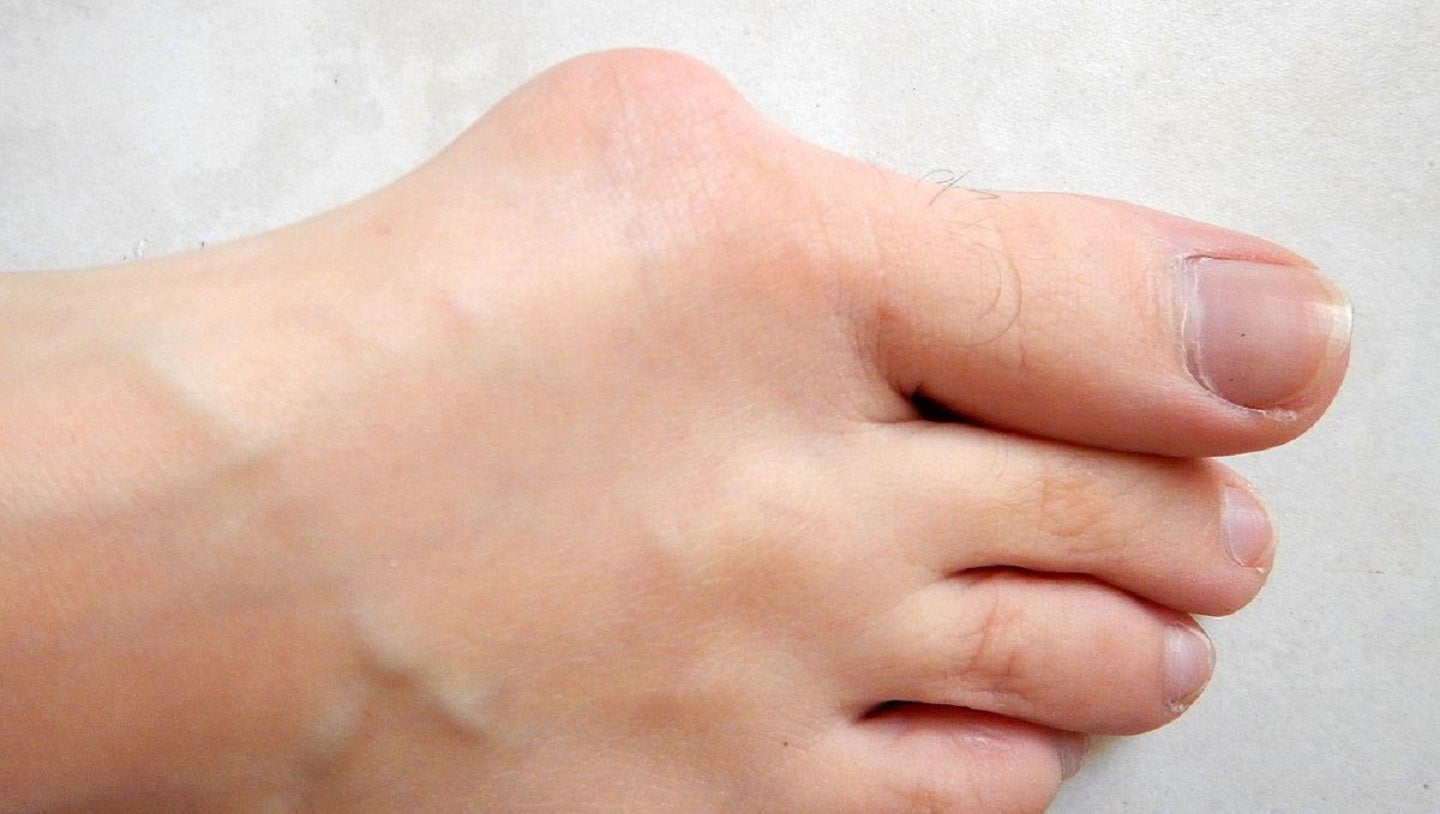
PainReform has reported positive safety data from the first part of its two-part Phase III clinical trial of PRF-110, designed to be administered in patients undergoing bunionectomy surgery.
The randomised, double-blind, placebo-and active-controlled, multicentre Phase III trial is designed to evaluate the analgesic efficacy and safety of PRF-110’s intra-operative administration after unilateral bunionectomy.
The first part has enrolled 15 bunionectomy patients at two clinical sites in Texas, US.
PRF-110 was given intra-operatively for validating the safety of the lead formulation further and confirming optimal product instillation in the surgical wound.
Initial data showed a solid safety profile of PRF-110 with no serious adverse events among the patients.
PainReform CEO Ilan Hadar said: “We are pleased to report positive safety data in the first part of our Phase III clinical trial, suggesting a substantial potential advantage to using PRF-110 over the local anaesthetic, ropivacaine.
“We look forward to presenting the pharmacokinetic (PK) data on the first 15 patients next month and then proceeding to the second stage of the Phase III trial.
“Assuming our Phase III trials are successful, we believe PRF-110 has the potential to become standard-of-care within the estimated $12bn postoperative pain treatment market as it addresses the significant unmet need for a long-acting local anaesthetic agent to spare opioid use.”
The second part of the Phase III trial will be a double-blind study and expects to randomise around 400 patients at seven US sites.
They will be divided into three treatment groups in a 2:2:1 ratio to receive PRF-110, ropivacaine and placebo respectively.
An oil-based, viscous, clear solution, PRF-110 is deposited directly into the surgical wound bed before closure to provide localised and extended postoperative analgesia.



